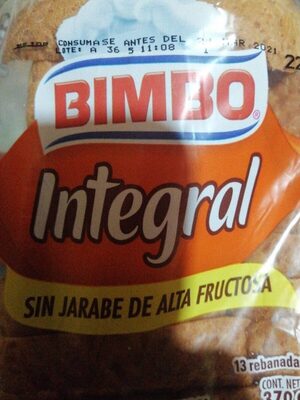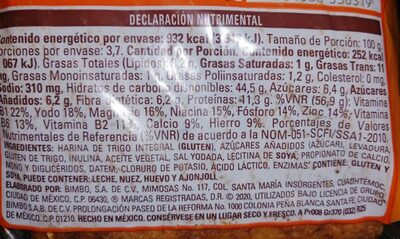Pan integral - Bimbo
Aquesta pàgina del producte no està completa. Podeu ajudar a completar-la editant-la i afegint-hi més dades a partir de les fotos ja disponibles, o fent-ne més amb l'aplicació de androide o iPhone / iPad. Gràcies!
×
Codi de barres: 7501000336319 (EAN / EAN-13)
Marques: Bimbo
Categories: Aliments i begudes amb base vegetal, Aliments amb base vegetal, Cereals i patates, Pans, en:Wholemeal breads
Matching with your preferences
Entorn
Empaquetament
Transport
Report a problem
Fonts de dades
Producte afegit per veganeamos
Última modificació de la pàgina del producte per ecoscore-impact-estimator.
La pàgina del producte, també editada per acuario, betty18, elcoco, kiliweb, musarana, openfoodfacts-contributors, scanbot, thaialagata, yuka.sY2b0xO6T85zoF3NwEKvll5oXf_Mg2zAPh_nxWer4vyvP7PQZcBZv6HcOas.
Si les dades són incorrectes o incompletes, pot completar o corregir editant aquesta pàgina.








